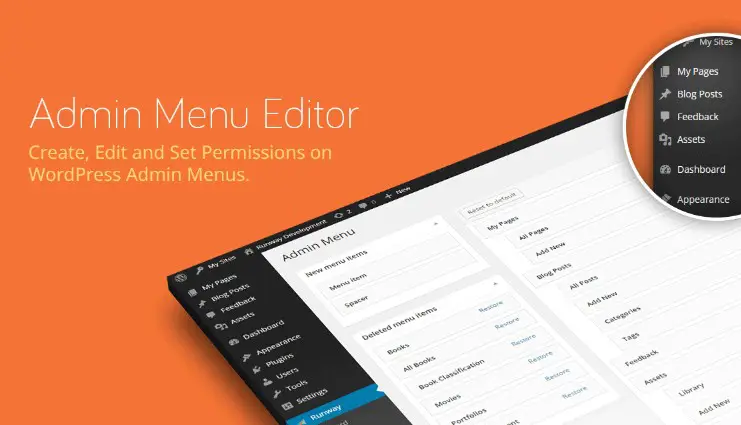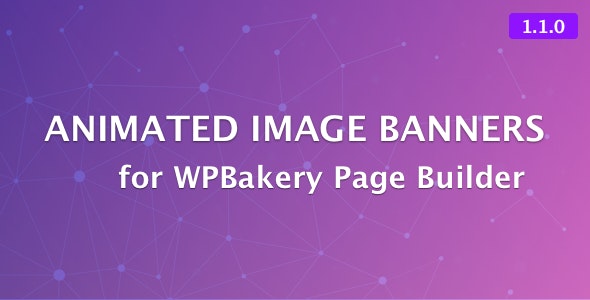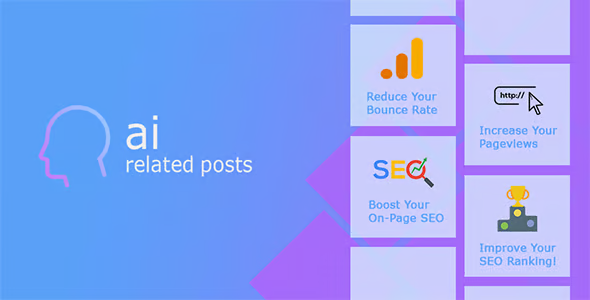Gravity View Multiple Forms 0.5.0

70+ Reviews
with 5 star Ratings

99% Customer
Satisfaction

7-Days
Money Back
Request update for this product.
$86.00 Original price was: $86.00.$6.99Current price is: $6.99.
- Version: Latest
- Last Updated: 22/03/2025
- License: Original
- Original License Activation
- Automatic Updates From WordPress Dashboard.
- 100% secure and verified downloads.
- Single Domain Usage
- We will Activate the License to Avoid Abuse
- We Purchase From the Original Developers
- Quick help through Email & Support Tickets
Gravity View Multiple Forms: A Comprehensive Overview
Gravity Forms is one of the most popular and powerful form-building plugins for WordPress, enabling users to create complex, dynamic, and highly customizable forms with ease. However, the true potential of Gravity Forms is unlocked when paired with Gravity View, a complementary plugin that allows users to display form entries in a structured and visually appealing manner. One of the standout features of Gravity View is its ability to handle Multiple Forms, a functionality that significantly enhances the versatility and utility of the plugin. This article delves into the concept of Gravity View Multiple Forms, exploring its features, benefits, use cases, and how it can transform the way you manage and display data on your WordPress site.
What is Gravity View Multiple Forms?
Gravity View Multiple Forms is a feature that enables users to display entries from multiple Gravity Forms in a single view or layout. Traditionally, Gravity View is designed to display entries from a single form, but with the Multiple Forms functionality, users can aggregate data from multiple forms into a unified interface. This is particularly useful for websites that rely on multiple forms for data collection but need to present the data in a consolidated format.
For example, imagine a school website that uses separate forms for student registration, teacher feedback, and event sign-ups. With Gravity View Multiple Forms, the site administrator can create a single view that displays entries from all three forms, making it easier to manage and analyze the data.
Key Features of Gravity View Multiple Forms
- Unified Data Display:
The primary feature of Gravity View Multiple Forms is its ability to combine entries from multiple forms into a single view. This eliminates the need to switch between different views or dashboards to access data from various forms. - Customizable Layouts:
Gravity View offers a range of layout options, including tables, lists, and grids. Users can customize these layouts to suit their specific needs, ensuring that the data is presented in a clear and organized manner. - Advanced Filtering and Sorting:
With Multiple Forms, users can apply filters and sorting options to display only the most relevant entries. For instance, you can filter entries by date, form, or specific field values, making it easier to find the information you need. - Conditional Logic:
Gravity View supports conditional logic, allowing users to create dynamic views that change based on user input or other conditions. This feature is particularly useful when dealing with multiple forms, as it enables you to tailor the display to different scenarios. - Search and Pagination:
The plugin includes robust search functionality, enabling users to quickly locate specific entries. Additionally, pagination ensures that large datasets are displayed in manageable chunks, improving the user experience. - Export and Integration:
Gravity View Multiple Forms integrates seamlessly with other tools and platforms, allowing users to export data to CSV, Excel, or other formats. This is particularly useful for reporting and analysis purposes.
Benefits of Using Gravity View Multiple Forms
- Streamlined Data Management:
By consolidating entries from multiple forms into a single view, Gravity View Multiple Forms simplifies data management. This is especially beneficial for organizations that rely on multiple forms for different purposes but need a centralized system for data analysis. - Improved User Experience:
Displaying data in a unified and visually appealing format enhances the user experience. Whether you’re presenting data to internal stakeholders or website visitors, Gravity View Multiple Forms ensures that the information is easy to understand and navigate. - Time and Resource Efficiency:
Managing multiple forms and their entries can be time-consuming. Gravity View Multiple Forms reduces the administrative burden by providing a single interface for accessing and managing data from multiple forms. - Enhanced Data Analysis:
The ability to filter, sort, and search entries from multiple forms makes it easier to analyze data and derive insights. This is particularly valuable for businesses and organizations that rely on data-driven decision-making. - Customization and Flexibility:
Gravity View Multiple Forms offers a high degree of customization, allowing users to tailor the display to their specific needs. Whether you need a simple table or a complex grid layout, the plugin provides the tools to create the perfect view.
Use Cases for Gravity View Multiple Forms
- Event Management:
If you’re organizing an event with multiple registration forms (e.g., for different ticket types or sessions), Gravity View Multiple Forms can help you consolidate and manage all registrations in one place. - Customer Feedback:
Businesses that collect feedback through multiple forms (e.g., product reviews, service evaluations, and general inquiries) can use Gravity View Multiple Forms to create a unified feedback dashboard. - Educational Institutions:
Schools and universities often use multiple forms for student applications, course registrations, and faculty evaluations. Gravity View Multiple Forms can streamline the process of managing and analyzing this data. - Nonprofits and Membership Organizations:
Nonprofits and membership organizations frequently use forms for donations, volunteer sign-ups, and event registrations. Gravity View Multiple Forms can help these organizations track and manage their data more effectively. - E-commerce:
E-commerce websites can use Gravity View Multiple Forms to display product reviews, customer inquiries, and order details in a single view, improving the overall customer experience.
How to Set Up Gravity View Multiple Forms
Setting up Gravity View Multiple Forms involves a few key steps:
- Install and Activate Plugins:
Ensure that both Gravity Forms and Gravity View are installed and activated on your WordPress site. - Create Your Forms:
Use Gravity Forms to create the forms you need. For example, you might create separate forms for event registrations, feedback submissions, and contact inquiries. - Create a New View:
In Gravity View, create a new view and select the “Multiple Forms” option. Choose the forms you want to include in the view. - Customize the Layout:
Use Gravity View’s drag-and-drop interface to customize the layout of your view. You can add fields, apply filters, and configure sorting options. - Embed the View:
Once your view is ready, you can embed it on any page or post using a shortcode or the Gravity View block.
Conclusion
Gravity View Multiple Forms is a powerful feature that extends the functionality of Gravity Forms and Gravity View, enabling users to display and manage entries from multiple forms in a single, unified interface. Whether you’re managing event registrations, customer feedback, or student applications, this feature simplifies data management, enhances the user experience, and provides valuable insights. With its customizable layouts, advanced filtering options, and seamless integration with other tools, Gravity View Multiple Forms is an indispensable tool for anyone looking to make the most of their WordPress forms. By leveraging this feature, you can transform the way you collect, display, and analyze data, ultimately improving the efficiency and effectiveness of your website or organization.
You must be logged in to post a review.








Reviews
Clear filtersThere are no reviews yet.